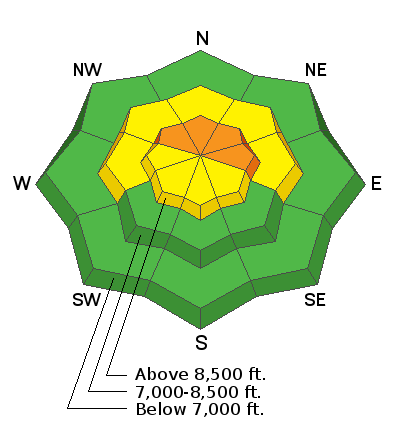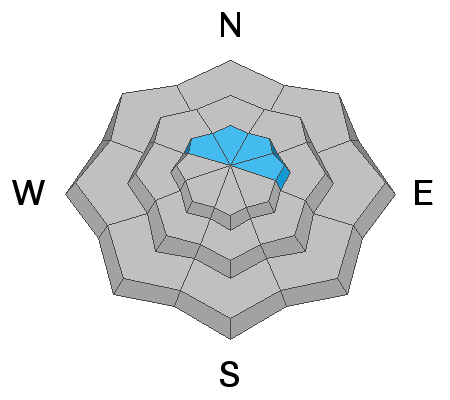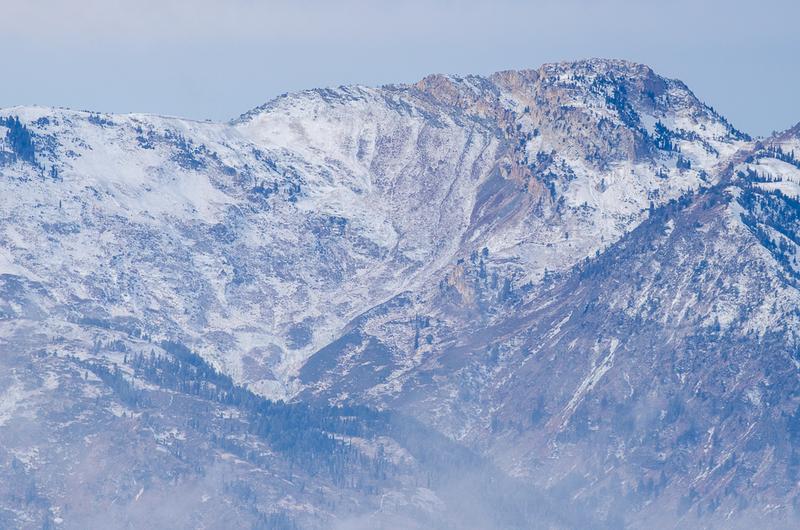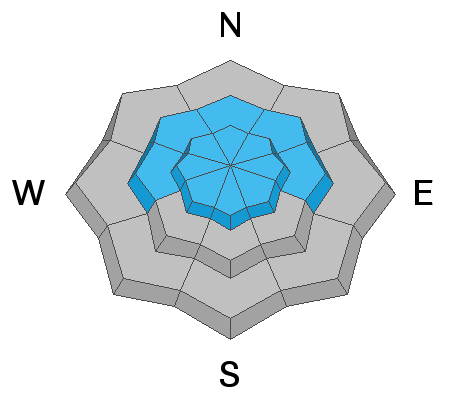Forecast for the Ogden Area Mountains

Issued by Mark Staples on
Wednesday morning, November 27, 2019
Wednesday morning, November 27, 2019
HEADS UP: The avalanche danger will be increasing during the next few days as a major storm impacts most of the state.
Today, the avalanche danger is CONSIDERABLE on upper elevation northerly facing slopes. A combination of wind drifted snow and old, weak, faceted snow underneath will create dangerous avalanche conditions on these slopes. A MODERATE danger exists on upper elevation, southerly facing slopes, and on mid-elevations northerly facing slopes.
Slopes at low elevations and south-facing slopes mid-elevations, simply don't have enough snow to ride and hardly enough snow to create an avalanche, thus they have a LOW danger.
What to do? The only viable strategy is to ride low angle slopes (less than 30 degrees in steepness) which are not steep enough for an avalanche. With such thin snow cover, hitting rocks or stumps remains the greatest hazard.

Low
Moderate
Considerable
High
Extreme
Learn how to read the forecast here









